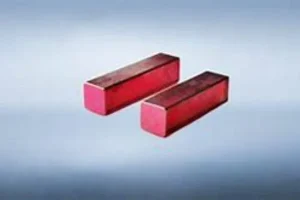Introduction
As innovations within the sphere of optoelectronics continue to advance at an unprecedented rate, one material in particular has surged to the forefront: Lithium Niobate (LN) Crystal. This unique substance possesses inherent characteristics that make it ideal for use within a multitude of applications, expanding possibilities within this fast-growing field.
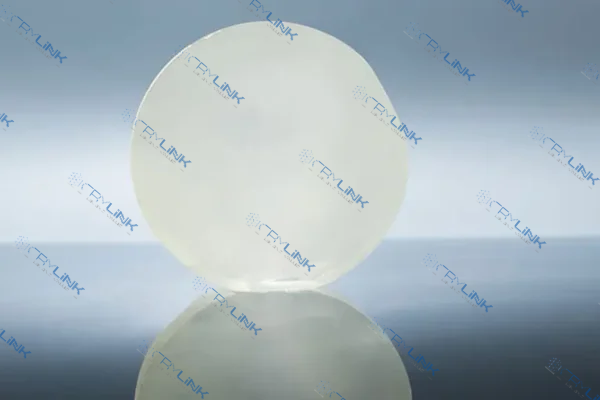
What is Lithium Niobate (LN) Crystal?
Lithium Niobate (LN) is a compound crystal, primarily composed of lithium, niobium, and oxygen. This crystalline material has captured the attention of the scientific community for its outstanding physical and electro-optic properties, which have enabled it to carve out a distinct place in the field of optoelectronics.
LN’s impressive array of properties has significant implications for technologies that seek to control or manipulate light. Its superior electro-optic coefficients are crucial in this regard. These coefficients define a material’s ability to change its refractive index in response to an electric field. With its high electro-optic coefficients, LN can rapidly and precisely alter its refractive index, facilitating better control over the phase and polarization of light. This feature makes LN an excellent candidate for electro-optic modulators, where signals need to be modulated at incredibly high speeds.
Another exceptional characteristic of LN is its broad transparency range. This property implies that LN can effectively transmit a vast spectrum of light frequencies. This feature proves particularly crucial for applications such as frequency conversion and optical parametric oscillators, where interaction with a broad range of light frequencies is required. The broad transparency range of LN allows for efficient frequency conversion and broadens the operation range of these devices across various wavelengths.
Moreover, LN’s ease of fabrication also contributes to its popularity. The crystal can be easily grown and processed into different shapes and sizes to suit various applications. This, coupled with its durability and resistance to environmental changes, makes LN a preferred choice for a variety of optoelectronic applications, from telecommunications to sensor technologies.
Applications of Lithium Niobate (LN) Crystals in Optoelectronics
Lithium Niobate in Electro-Optic Modulation
Electro-optic modulation stands as a pivotal application of LN crystals in optoelectronics. This process allows us to alter the properties of light, such as its intensity and phase, using an electric field.
Role of LN in Intensity Modulators
One of the most common types of electro-optic modulators is the intensity modulator. The role of LN crystals in these devices is crucial, as their high electro-optic coefficients allow for the rapid and precise control of the intensity of an optical signal. This, in turn, helps in converting electrical signals into optical ones, a fundamental requirement in fiber optic communication.
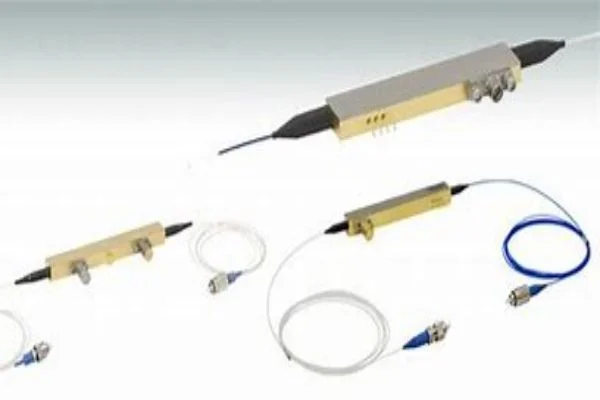
Frequency Conversion with Lithium Niobate Crystals
LN crystals have a profound impact on frequency conversion, an essential aspect of optoelectronics, due to their broad transparency range. This refers to their ability to allow light of a broad spectrum of frequencies to pass through.
Optical Parametric Oscillators
In optical parametric oscillators (OPOs), LN crystals play a central role. An OPO is a type of light source that emits light at frequencies different from that of the input light. The broad transparency range and high non-linear optical properties of LN crystals are key factors that make them the material of choice in such applications.
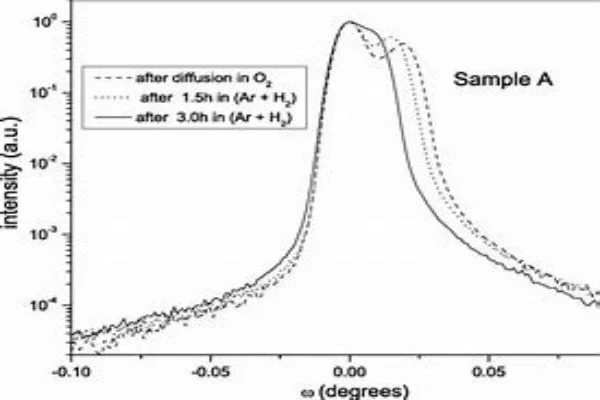
Lithium Niobate in Integrated Photonics
LN crystals have been increasingly adopted in integrated photonics due to their ease of fabrication and the potential they offer for integration into photonic circuits.
Photonic Integrated Circuits
LN crystals are integral to the construction of photonic integrated circuits (PICs). These circuits offer a compact and energy-efficient solution for manipulating light. They can combine numerous photonic components, such as waveguides, lasers, modulators, and detectors, on a single chip, making them highly versatile. LN crystals, due to their superior properties, can enhance the performance of PICs, allowing them to operate at higher speeds and over broader frequency ranges.
To conclude, whether it is for electro-optic modulation, frequency conversion, or integrated photonics, the unique properties of LN crystals are propelling them to be the go-to choice in these optoelectronic applications. The broad transparency range, high electro-optic and non-linear coefficients, and ease of fabrication are some of the features of LN crystals that are helping to broaden the horizons of optoelectronic technologies.
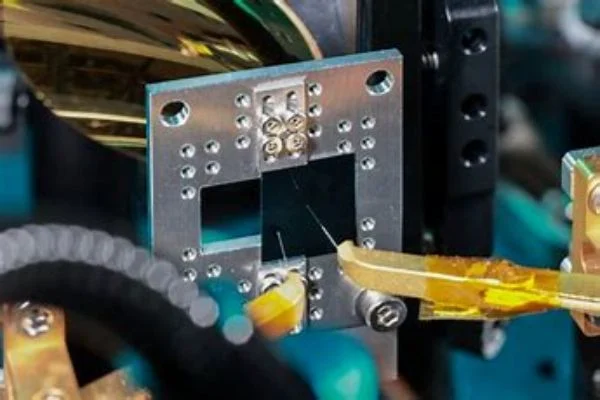
Unveiling the Benefits of Lithium Niobate (LN) Crystals
High Electro-Optic Coefficients
Lithium Niobate (LN) crystals stand as a cornerstone in the field of optoelectronics, a testament to their unique and powerful properties. Foremost among these properties is their high electro-optic coefficients, a characteristic that underscores the versatile capabilities of LN crystals in a multitude of applications.
The electro-optic effect, the alteration of a material’s refractive index in response to an applied electric field, finds its most potent ally in LN crystals. Given their high electro-optic coefficients, these crystals can modulate the refractive index swiftly and precisely. This capacity to rapidly alter the refractive index translates into an ability to control the phase and polarization of light, a fundamental requirement in electro-optic modulation applications. It’s here that LN crystals shine, allowing for high-speed and precise modulation of optical signals, a critical element in today’s high-speed fiber-optic communication systems.
The reach of LN crystals, however, extends beyond electro-optic modulators. They also form an integral part of devices based on the electro-optic effect, such as Pockels cells and Kerr cells. These devices, designed to alter the polarization state of light (Pockels cells) or modulate the phase of light (Kerr cells), benefit enormously from the high electro-optic coefficients of LN crystals. This results in faster operation, greater control over the properties of light, and ultimately, enhanced performance.
But the impact of LN crystals doesn’t stop here. The field of quantum optics, which explores the interactions of photons and matter at the quantum level, is another arena where LN crystals have started to make their mark. Specifically, in quantum key distribution (QKD), a secure communication method that hinges on quantum mechanics, LN crystals are making significant strides. The exceptional control over light’s polarization that these crystals offer is proving crucial for the successful operation of QKD systems.
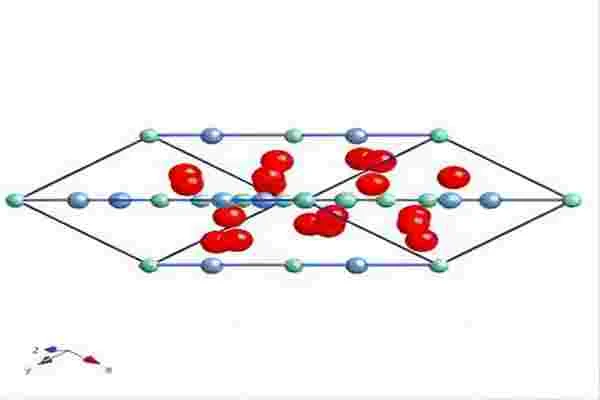
Broad Transparency Range
The broad transparency range of Lithium Niobate (LN) crystals is another characteristic that sets them apart in the field of optoelectronics. This attribute implies that LN crystals can transmit an expansive spectrum of light frequencies, an essential feature for a range of applications, specifically those involved in frequency conversion and optical parametric oscillators.
Frequency conversion devices are at the heart of many modern technologies, including lasers and telecommunication systems. These devices operate by converting an input light frequency to a different output frequency. The broad transparency range of LN crystals enables them to interact with a wide range of light frequencies effectively, ensuring efficient frequency conversion. This means that devices utilizing LN crystals for frequency conversion can cater to a diverse range of applications, serving different frequency requirements.
Optical parametric oscillators, another significant application of LN crystals, also reap the benefits of the crystals’ broad transparency range. These devices generate coherent light at different frequencies by converting an input laser wave into two output waves. The extensive transparency range of LN crystals enables them to efficiently facilitate this process over a wide spectrum of frequencies, making them indispensable for the functioning of optical parametric oscillators.
Moreover, this wide transparency range means LN crystals can operate over various wavelengths, from the infrared to the ultraviolet. This versatility not only enhances the utility of existing devices but also paves the way for new innovations in optoelectronics. Whether it’s developing more efficient lasers or designing advanced communication systems, the broad transparency range of LN crystals can play a pivotal role.
Ease of Fabrication
The ease of fabrication of LN crystals is a significant advantage that makes them a preferred choice for a range of optoelectronic applications. These crystals can be processed and shaped with relative ease, making them versatile for various uses. For instance, in the realm of integrated photonics, LN crystals can be easily crafted into photonic integrated circuits, housing numerous photonic components in a single, compact chip.
Non-Linear Optical Properties
Lastly, the non-linear optical properties of LN crystals, such as second harmonic generation and parametric down-conversion, are a boon for applications like frequency conversion. Their ability to interact with intense light to produce light at new wavelengths makes LN crystals instrumental in optical frequency mixers, leading to more efficient and reliable operations.
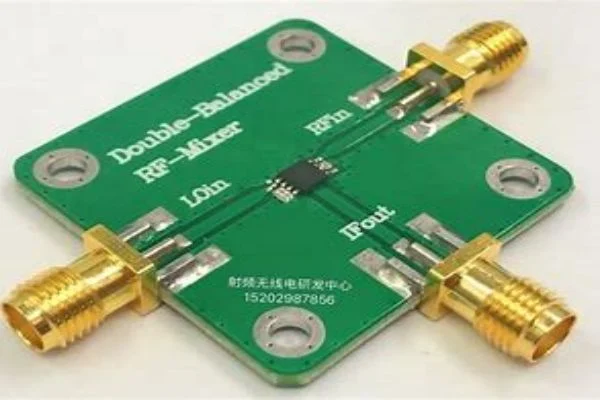
Specific Applications of Lithium Niobate (LN) Crystals in Optoelectronics
Mach-Zehnder Modulators
Mach-Zehnder modulators, a type of interferometer used for modulating the amplitude of an optical wave, are one application where LN crystals are extensively used. The high electro-optic coefficients of LN crystals enable the modulator to alter the phase of the optical wave rapidly and precisely. This phase change, when recombined, leads to a change in the wave’s amplitude, a critical aspect of fiber-optic communications. Therefore, the high-speed modulation made possible by LN crystals is pivotal for the performance of Mach-Zehnder modulators.
Optical Frequency Mixers
In optical frequency mixers, two input signals are combined to generate output signals at the sum and difference of the input frequencies. The broad transparency range and non-linear optical properties of LN crystals are beneficial here, as they permit an efficient interaction with the input signals across a wide spectrum. Consequently, the LN crystals facilitate the generation of new frequencies, making these devices more reliable and versatile.
Photonic Integrated Circuits
Photonic Integrated Circuits (PICs) constitute another key application of LN crystals. PICs, which perform a multitude of photonic functions on a single chip, benefit significantly from the properties of LN crystals. They can be easily fabricated into various shapes and sizes to fit into PICs, accommodating a variety of components such as lasers, modulators, and detectors. In addition, the high electro-optic coefficients and broad transparency range of LN crystals allow PICs to operate at higher speeds and over a wider frequency range, further enhancing their functionality.
Conclusion
The versatility of Lithium Niobate (LN) Crystals is propelling advancements in optoelectronics. With high electro-optic coefficients, broad transparency range, and ease of fabrication, LN crystals are redefining the possibilities within electro-optic modulation, frequency conversion, and integrated photonics.
Frequently Asked Questions
- What makes Lithium Niobate crystals ideal for optoelectronics?
- LN crystals have high electro-optic coefficients, a broad transparency range, and ease of fabrication, which makes them ideal for optoelectronics.
- How are LN crystals used in Mach-Zehnder modulators?
- LN crystals, with their high electro-optic coefficients, facilitate precise and high-speed modulation of light in Mach-Zehnder modulators.
- Why are LN crystals used in optical frequency mixers?
- The high non-linear optical properties of LN crystals make them suitable for use in optical frequency mixers, enhancing efficiency and reliability.
- What role do LN crystals play in integrated photonics?
- LN crystals can be easily fabricated into photonic integrated circuits for multiple photonic functions, enhancing the potential of integrated photonics.
- What are the key advantages of LN crystals?
- Key advantages of LN crystals include high electro-optic coefficients, broad transparency range, ease of fabrication, and non-linear optical properties.



